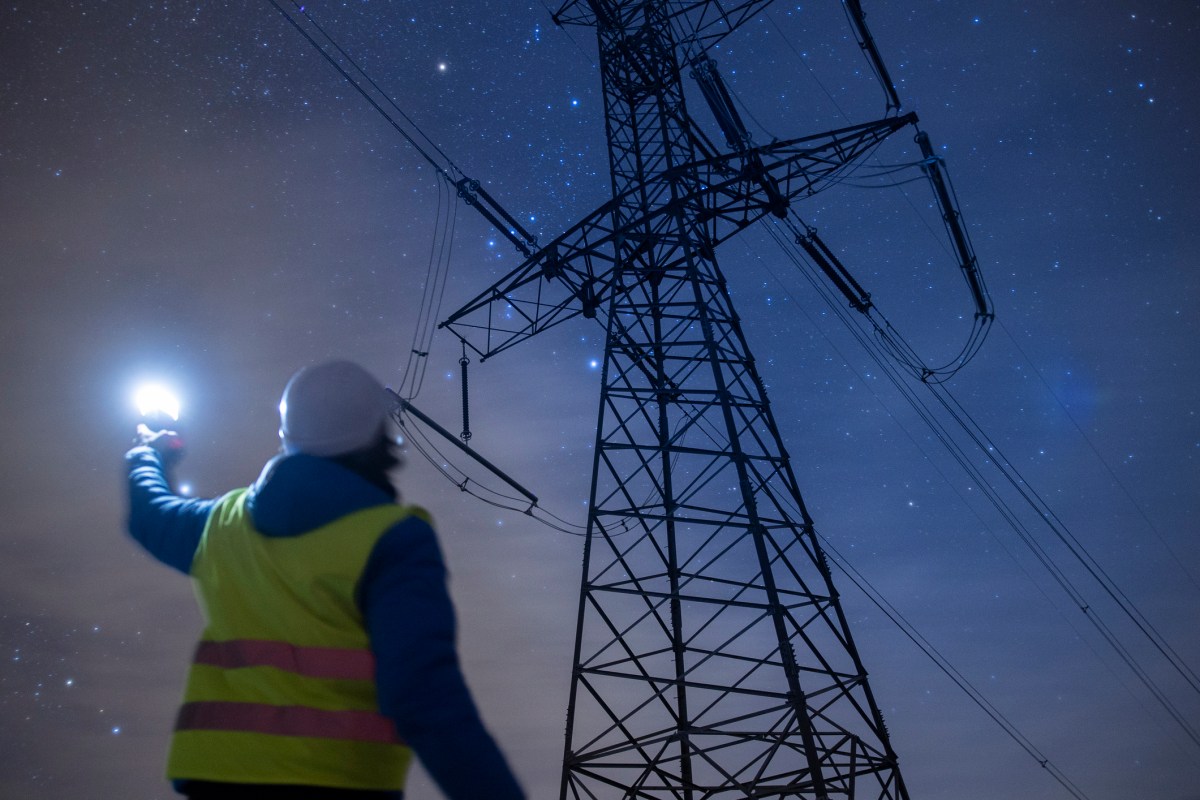How AI is Revolutionizing the Electrical Grid by Simplifying Bureaucracy
In recent months, a growing concern among tech companies and policymakers has emerged regarding a potential power shortage on the grid, primarily driven by the surge in artificial intelligence (AI) demand. However, a significant amount of new energy capacity awaits approval for connection to the grid, and addressing the bureaucratic hurdles could be key to mitigating these power challenges.
Understanding the Grid Capacity Challenges
All grid operators across the United States are grappling with similar backlogs, but few are as pronounced as those faced by PJM Interconnection, which oversees the electricity distribution in the mid-Atlantic region, including states like Ohio and eastern Kentucky.
AI Partnership to Streamline Processes
To tackle these issues, Google and PJM have collaborated to leverage AI technology. Announced on Thursday, this partnership includes Alphabet’s innovative unit, Tapestry, aimed at creating AI models that will enhance efficiency in the application process for energy connections.
- AI will assist in data verification.
- New centralized planning tools will streamline submissions.
- PJM will analyze the integration of renewable energy sources more effectively.
Impact of AI on Energy Demand
With the increasing computational requirements from AI, major tech firms like Amazon, Google, Meta, and Microsoft are urgently seeking to secure generating capacity. Many of these companies have invested in or committed to purchasing significant amounts of nuclear and solar power to meet their energy needs.
The Interconnection Dilemma
The interconnection process, while complex, is crucial for alleviating concerns regarding underpowered data centers. According to the Lawrence Berkeley Lab, there are currently 2.6 terawatts of generating capacity awaiting approval across the nation—double the total output capacity of all U.S. power plants combined.
PJM currently has the longest queue for interconnection requests, with over 3,000 active applications for a total of 286.7 gigawatts of capacity. Due to overwhelming demand, PJM halted new applications in 2022 and will resume reviews only in mid-2026.
Challenges for Renewable Energy Sources
Renewable energy projects have faced the most significant setbacks due to the sluggish approval process. Nationwide, over 1 terawatt each of solar energy and energy storage capacity is waiting for grid access. Surprisingly, even in the PJM region, which is not typically recognized for renewable energy development, the majority of applications are for solar and storage projects, with only 2.4% representing natural gas power plants.
Historically, the PJM grid has been predominantly fossil-fuel-based. In recent years, natural gas-fired plants have increasingly replaced coal, driven by lower prices resulting from fracking. Critics have raised concerns about a new approval process initiated by PJM that appears to favor fossil fuel plants over renewable energy projects.
Commitment to Clean Energy
During the announcement of the partnership with Google, PJM Executive Vice President Aftab Khan emphasized that the organization aims to remain “fuel agnostic,” as reported by E&E News. In response, Google spokesperson Amanda Peterson Corio reaffirmed the company’s dedication to achieving its decarbonization goals for its electricity consumption.
As the landscape of energy production evolves, the collaboration between tech giants and grid operators may pave the way for a more sustainable and efficient energy future.







